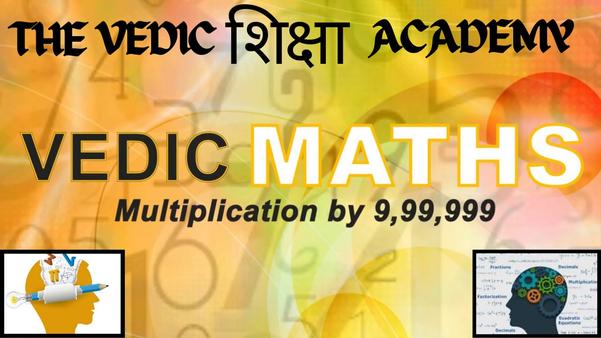Description
The origin of Vedic Maths is often attributed to the ancient Indian scriptures known as the "Sulba Sutras," which are a part of the Vedic literature. The Sulba Sutras, specifically the Baudhayana Sulba Sutra and the Apastamba Sulba Sutra, contain mathematical principles related to geometry and mathematics, including techniques for solving mathematical problems.
The Vedic Maths system is credited to Jagadguru Swami Sri Bharati Krishna Tirthaji Maharaja, who, in the early 20th century, claimed to have rediscovered and reconstructed the ancient mathematical techniques described in the Vedas. Tirthaji's work on Vedic Maths is outlined in his book "Vedic Mathematics," first published in 1965.
In "Vedic Mathematics," Tirthaji presents 16 sutras (aphorisms) and 13 sub-sutras, which are short and easy-to-remember formulas. These sutras cover a wide range of mathematical operations, including addition, subtraction, multiplication, division, square roots, and more. The techniques are designed to simplify and expedite mathematical calculations.
It's important to note that while Vedic Maths has gained popularity in some educational circles, it has also faced criticism for lacking a historical basis and for some of its claims being difficult to verify. The mathematical community often views Vedic Maths as a set of shortcuts rather than a comprehensive mathematical system.
Despite the controversies, Vedic Maths has found its way into some educational curricula and is often promoted as a means to enhance mental calculation skills and make mathematics more accessible.




